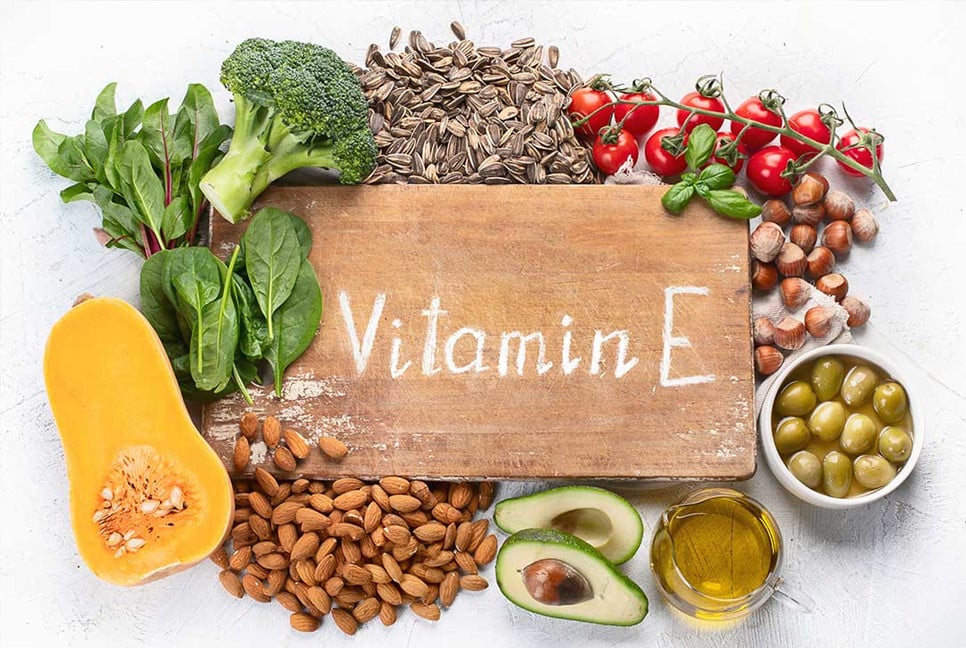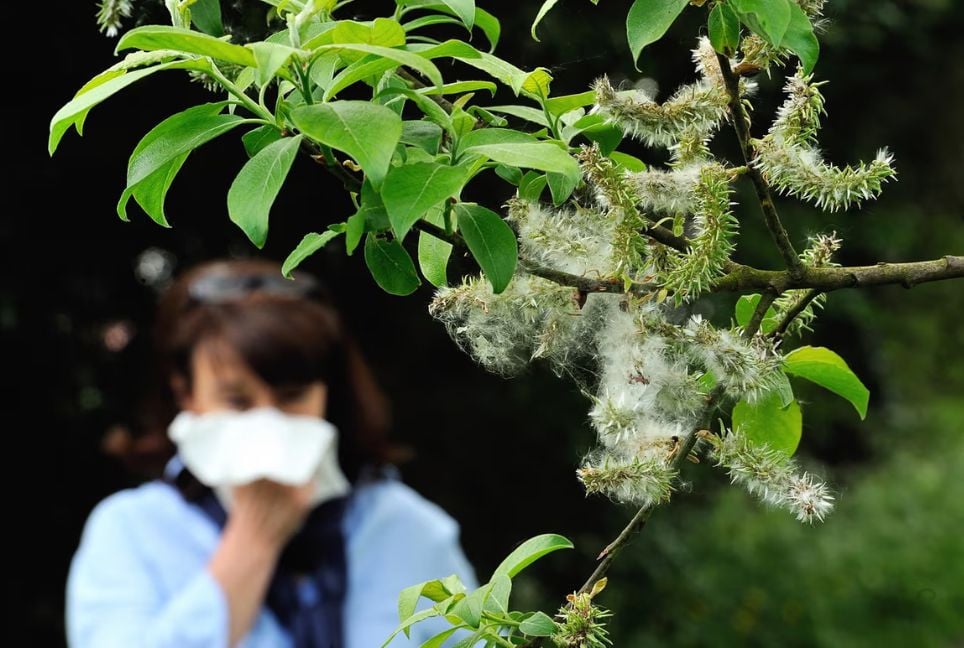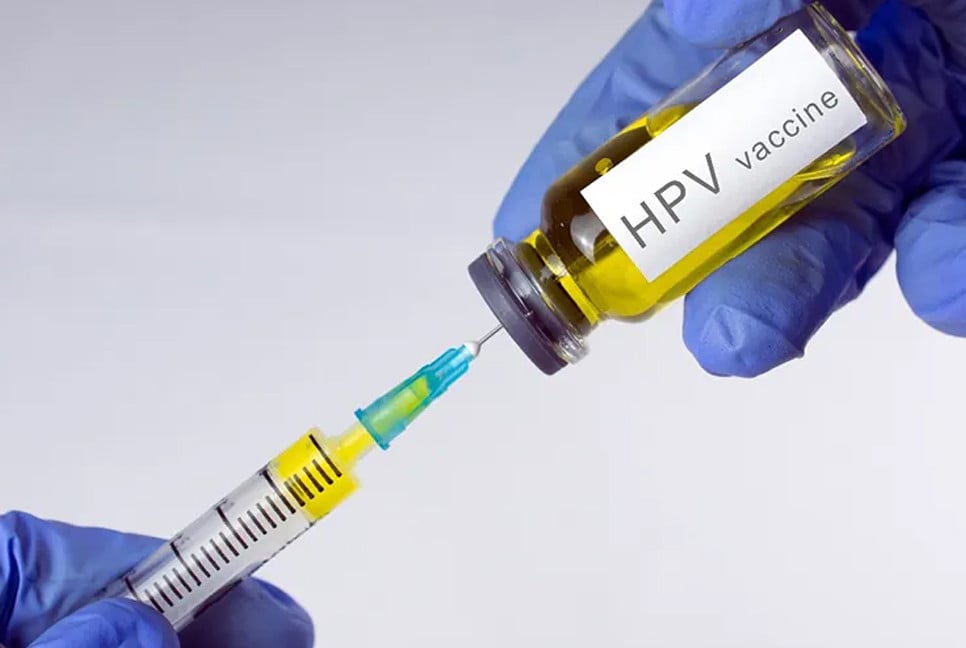Zinc nanoparticles, found in sunscreen, may help protect rice from heat stress, which is becoming more common due to climate change.
Zinc is essential for plant metabolism. While a salt form of this mineral is commonly added to soil or sprayed on leaves as fertilizer, it's not very effective. A more efficient method is to deliver zinc as particles smaller than 100 nanometres, which can pass through tiny pores in leaves and accumulate in the plant.
Researchers have explored such nanoparticles as a way to deliver more nutrients to plants, helping maintain crop yields while reducing environmental damage from using too much fertiliser. Now Xiangang Hu at Nankai University in China and his colleagues have tested how zinc oxide nanoparticles affect crop performance under heatwave conditions.
They grew flowering rice plants in a greenhouse under normal conditions and under a simulated heatwave where temperatures broke 37°C (98.6°F) for six days in a row. Some plants were sprayed with nanoparticles and others weren’t treated at all.
When harvested, the average grain yield of the plants treated with zinc nanoparticles was 22.1 per cent greater than the plants that hadn’t been sprayed, and this rice also had higher levels of nutrients. The zinc was also beneficial without heatwave conditions – in fact, in these cases, the difference in yield between treated and untreated plants was even greater.
Based on detailed measurements of nutrients in the leaves, the researchers concluded that zinc boosted yields by enhancing enzymes involved in photosynthesis, as well as antioxidants that protect the plants against harmful molecules known as reactive oxygen species.
“Nanoscale micronutrients have tremendous potential to increase the climate resilience of crops by a number of unique mechanisms related to reactive oxygen species,” says Jason White at the Connecticut Agricultural Experiment Station.
The researchers also found that rice treated with zinc nanoparticles maintained more diversity among the microbes living on the leaves – called the phyllosphere – which may have contributed to the improved growth.
Studies on plants like pumpkin and alfalfa have shown that zinc oxide nanoparticles can boost yields. However, Hu points out that further research is needed to confirm whether this method could also benefit other crops, such as wheat.
Source: Newscientist
Bd-pratidin English/ Afia


































































